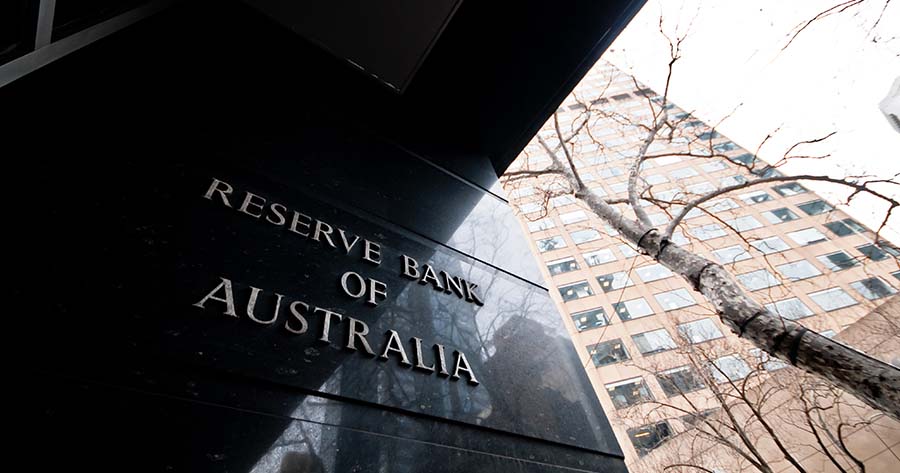On Tuesday, the Reserve Bank of Australia (RBA) maintained its benchmark policy rate at 4.1%, a widely anticipated move despite previous indications that inflation was decreasing more rapidly than expected. February’s inflation rate was lower than anticipated, at 2.4%.
The RBA noted in its last meeting that some of the inflationary pressures had lessened, indicating a more significant decline than anticipated. However, the central bank cautioned that premature easing of monetary policy could hinder progress and prevent inflation from stabilizing within the bank’s target range of 2%-3%.
Since August 2024, inflation has remained within the central bank’s target range, which led to a decision to reduce interest rates in February.
Australia’s economy grew by 1.3% year-on-year in 4Q24, surpassing expectations and achieving its quickest growth in a year. RBA Governor Michelle Bullock emphasized that despite the progress, the bank couldn’t yet declare victory over inflation. She stressed the importance of ensuring a sustained return to the target range, beyond a temporary fluctuation.
Furthermore, the RBA addressed market speculations on future rate cuts, indicating that expectations for three additional cuts, on top of the February cut, seemed overly optimistic.
Australia is currently under a caretaker government as Prime Minister Anthony Albanese announced national elections scheduled for May 3, amid challenges such as the high cost of living and increasing tariffs imposed by the United States.





